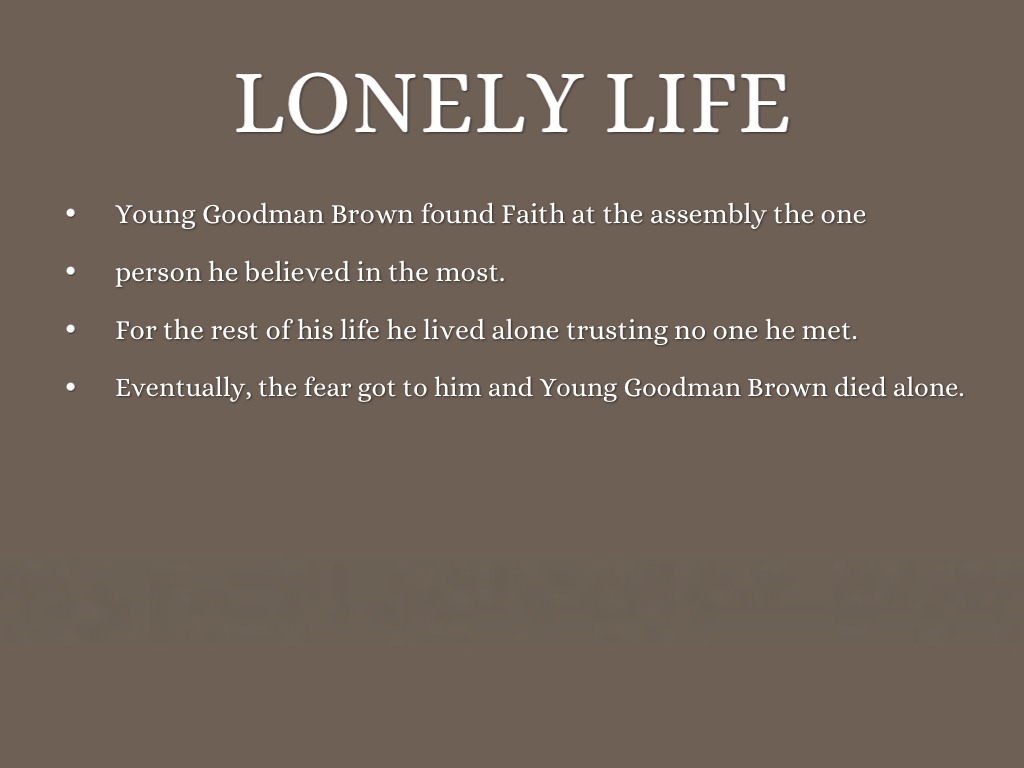In the world of social media and personal interactions, the term "dry begging" has gained traction as an intriguing phenomenon. It often refers to a subtle and indirect way of asking for help or support, particularly financial, without explicitly stating the need. This behavior can be observed across various platforms, from Facebook to Instagram, where individuals may post about their struggles while leaving the actual request vague.
Dry begging can manifest in different forms, such as sharing personal stories of hardship or posting about specific needs in a way that encourages others to offer assistance without a direct plea. This indirect approach can be seen as a way to maintain dignity while still seeking support from friends, family, or even strangers on social media. Understanding this concept is essential, especially in today’s digital age, where communication often lacks tone and context.
This article aims to delve deeper into what dry begging is, how it impacts relationships and social dynamics, and the psychological motivations behind it. By the end, you will have a clearer understanding of this contemporary communication style and its implications in our daily lives.
What Are the Characteristics of Dry Begging?
To fully grasp the concept of dry begging, it is important to identify its key characteristics. These may include:
- Subtlety: The request for help is often not clear-cut.
- Emotional Appeal: Posts often evoke sympathy or empathy.
- Indirectness: The person may not directly ask for assistance.
- Community Engagement: It often encourages dialogue or interaction.
How Does Dry Begging Compare to Traditional Begging?
Understanding the differences between dry begging and traditional begging is crucial. Traditional begging usually involves a direct request for money or resources, often seen in public spaces. In contrast, dry begging is more nuanced and takes place primarily in digital spaces. Here are some key differences:
- Directness: Traditional begging is straightforward, while dry begging is indirect.
- Context: Traditional begging occurs in physical spaces, whereas dry begging is prevalent online.
- Audience: Traditional begging targets passersby, while dry begging targets online followers.
What Motivates People to Engage in Dry Begging?
The motivations behind dry begging can be complex and vary from person to person. Some common reasons include:
- Fear of Rejection: Individuals may feel uncomfortable directly asking for help.
- Desire for Sympathy: Sharing struggles can elicit emotional support.
- Maintaining Dignity: Indirect requests can help preserve a sense of self-respect.
How to Recognize Dry Begging on Social Media?
Recognizing dry begging requires an understanding of the language and behavior often associated with it. Look for signs such as:
- Vague Statements: Phrases like "I'm having a hard time" without specifics.
- Emotional Posts: Content that aims to evoke pity or concern.
- Frequent Updates on Struggles: Regular sharing of difficulties without direct requests.
Is Dry Begging Ethical?
The ethics of dry begging can be a contentious topic. Some argue that it is manipulative, while others contend that it is simply a way for people to express their needs without overtly asking for help. Ethical considerations may include:
- Intent: Is the person genuinely seeking help or merely looking for attention?
- Impact on Relationships: How does this behavior affect the dynamics between friends and family?
How Should One Respond to Dry Begging?
When encountering dry begging, responses can vary based on individual values and the context of the situation. Here are some possible reactions:
- Offer Support: If you feel comfortable, reach out and offer help.
- Encourage Direct Communication: Suggest that they ask for help more directly.
- Maintain Boundaries: If you feel uncomfortable, it’s okay to step back.
What Are the Consequences of Dry Begging?
The consequences of engaging in dry begging can be both positive and negative. Some potential outcomes include:
- Increased Support: Friends may rally to provide help.
- Strained Relationships: Others may feel manipulated or confused about the intent.
- Emotional Toll: Both the person begging and those around them may experience stress.
Conclusion: What Is Dry Begging and Its Implications?
In summary, dry begging represents a modern communication style that reflects the complexities of social media interactions and human psychology. By understanding what dry begging is, its characteristics, motivations, and ethical considerations, individuals can navigate their social circles more effectively. Whether you find yourself on the giving or receiving end of dry begging, being aware of its implications can foster healthier relationships and more open lines of communication.
You Might Also Like
Exploring The Life Of Anthony Kiedis' Wife: A Journey Through Love And FameJason Momoa: The Versatile Titan Of Hollywood
Rick Ross: The Boss Of Hip-Hop And Beyond
Unraveling The Mystery: What Happened To Josh Gates? Hospitalization News Explained
Exploring The Enigma Of Quinn Finite
Article Recommendations
- Laura Govan
- Wanda Sykes Kids 4647869
- Is Sam Milby And Catriona Gray Still Together
- Norissa Valdez Naked
- Taylor Swift Sat Score
- Doc Rivers Net Worth
- Names For Dragons
- Cleo Rose Elliott
- Free Ai Undressing Appssliders Html
- Kevin Tighe


